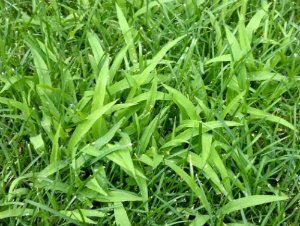Description: Fireweed, scientifically known as Chamerion angustifolium, is a perennial herbaceous plant belonging to the Onagraceae family. This tall and striking plant is renowned for its vibrant pink to magenta flowers and its tendency to colonize open areas after disturbances such as wildfires. Fireweed is native to northern regions of North America, Europe, and Asia, and it thrives in a variety of habitats, from meadows to recently burned areas.
Habitat and Distribution: Fireweed is well-adapted to a range of environments and is often found in disturbed areas, including clear-cut forests, burned sites, and along roadsides. It is known for its ability to establish quickly in open spaces, where it competes successfully for sunlight. Fireweed has a circumpolar distribution, and different subspecies or varieties may be found in various regions.
Physical Features:
- Stem and Leaves: Fireweed produces a tall, erect stem with lance-shaped leaves arranged alternately along its length. The stem can range in height from a few feet to over six feet, depending on growing conditions.
- Flowers: The distinctive flowers of Fireweed are arranged in a spike at the top of the stem. They have four petals and range in color from pink to magenta. The flowers bloom from the bottom to the top of the spike, giving the plant a unique appearance.
- Seed Pods: After flowering, Fireweed produces long, slender seed pods that split open to release numerous small seeds, aiding in the plant's reproduction.
Ecological Significance:
Fireweed plays several ecological roles:
- Pioneer Species: Fireweed is often one of the first plants to colonize disturbed areas after events like wildfires or logging, acting as a pioneer species.
- Wildlife Habitat: The nectar-rich flowers attract pollinators such as bees and butterflies, contributing to local biodiversity.
Cultural Uses:
- Edible Parts: Some parts of Fireweed, including young shoots, leaves, and flowers, are edible and have been traditionally used in salads, teas, and other culinary preparations.
- Medicinal Uses: In some cultures, Fireweed has been used for medicinal purposes, with its leaves and flowers believed to have various health benefits.
Control and Management:
Cultural Practices:
- Regular Monitoring: While Fireweed is often welcomed in natural settings, it may become invasive in cultivated areas. Regular monitoring helps identify and manage its growth.
Mechanical Control:
- Hand Pulling: For small infestations, hand pulling can be effective. Ensure the removal of the entire plant, including the roots.
Cultivation Practices:
- Competing Vegetation: Encouraging the growth of other desired vegetation can help compete with Fireweed and limit its establishment.
Chemical Control (if necessary):
- Herbicides: In cases where Fireweed becomes problematic, selective herbicides labeled for broadleaf weed control can be considered. Follow application instructions carefully.
Preventing Spread:
- Early Detection: Regularly monitoring areas where Fireweed growth is undesirable is crucial for early detection. Prompt removal or control measures can prevent its spread.
- Limiting Disturbance: Minimizing disturbances in cultivated areas, such as regular mowing and proper land management, can help reduce the establishment of Fireweed.
- Promoting Desired Vegetation: Encouraging the growth of desired plants in gardens and landscapes can help outcompete Fireweed and limit its colonization.
In conclusion, while Fireweed is valued for its ecological roles and cultural uses, it may require management in certain settings where its growth becomes undesirable. Implementing a combination of cultural practices, mechanical control, and, if necessary, targeted herbicide application can help strike a balance between appreciating Fireweed's natural beauty and preventing its proliferation in cultivated areas.



